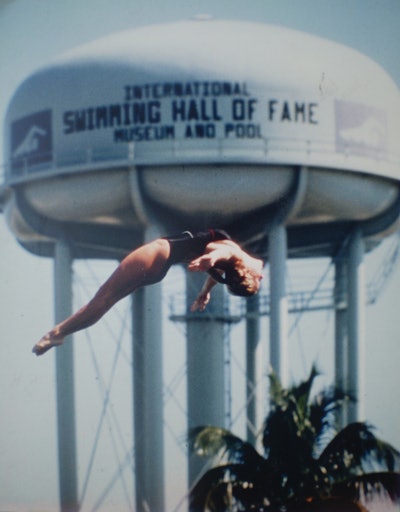As the 2025 swim season comes to a close, a new analysis sheds light on which U.S. states were least prepared to keep swimmers safe. Conducted by Nevada-based personal injury firm H&P Law, the study compared 2023 state population data with official lifeguard employment figures to calculate how many guards were available on a per capita basis.
The results paint a concerning picture: some states went into the summer with shockingly low lifeguard coverage, stretching safety resources thin at beaches, lakes, and community pools.
Top 10 States with the Fewest Lifeguards per 100,000 Residents
| Rank | State | Lifeguards per 100,000 Residents |
|---|---|---|
| 1 | Rhode Island | 10.0 |
| 2 | Mississippi | 11.2 |
| 3 | Louisiana | 12.9 |
| 4 | Alabama | 13.9 |
| 5 | Arkansas | 14.7 |
| 6 | Oklahoma | 15.0 |
| 7 | Maine | 18.6 |
| 8 | West Virginia | 20.9 |
| 9 | Tennessee | 21.7 |
| 10 | New Hampshire | 23.5 |
These figures highlight alarming disparities in lifeguard staffing, particularly in regions where beaches, lakes, and pools are lifelines of seasonal activity.
States Hit Hardest by Lifeguard Shortages
The study found that Rhode Island faced the steepest challenge, with only 10 lifeguards for every 100,000 residents. Despite its busy Atlantic shoreline and seasonal influx of beachgoers, the Ocean State employed just 110 lifeguards to serve its population of 1.1 million.
● Mississippi came in second, with a ratio of 11.2 lifeguards per 100,000 residents. That left only 330 lifeguards responsible for nearly 3 million people across the state.
● Louisiana followed closely with 12.9 lifeguards per 100,000 residents. With a hot, humid climate and widespread waterways, the shortage raised concerns throughout the summer months.
Other states on the underprepared list included Alabama (13.9 per 100,000) and Arkansas (14.7 per 100,000).

What the Study Reveals
Examining the results of the study, a spokesperson from H&P Law commented:
“The findings reveal that states like Rhode Island, Mississippi, and Louisiana are underprepared during the peak swim season. In contrast, better-staffed regions may be more equipped to handle beach and pool safety, widening the preparedness gap across the U.S.”
“Public safety during peak swim season must be a top priority, and appropriate staffing levels are essential. Ensuring more lifeguards are trained and hired is key to saving lives and preventing drownings.”
Lessons From Summer 2025
For many states, the shortage meant fewer open hours, reduced access to public swim facilities, and greater risks for beachgoers. For pool and spa operators, the message is clear: hiring and training lifeguards isn’t just a staffing challenge—it’s a public safety imperative. Looking ahead to 2026, industry professionals may want to get ahead of the curve by forging partnerships with lifeguard certification programs and prioritizing staff development early.
Methodology Summary
This report compares 2023 lifeguard employment data from the U.S. Bureau of Labor Statistics with state population figures to calculate a ratio of lifeguards per 100,000 residents. States are ranked from most to least understaffed.
Data Sources:
● Lifeguards Employment Data:
https://www.bls.gov/oes/2023/may/oessrcst.htm
● Data Set:
https://docs.google.com/spreadsheets/d/1Wnio_VUAvN3YWkTz66mMILrEkbbRjdakjl7eV0-1WJY/edit?gid=0#gid=0
● Study By:
http://www.courtroomproven.com
The post Which States Struggled the Most With Lifeguard Shortages This Summer? appeared first on PoolMagazine.com – Get The Latest Pool News.







